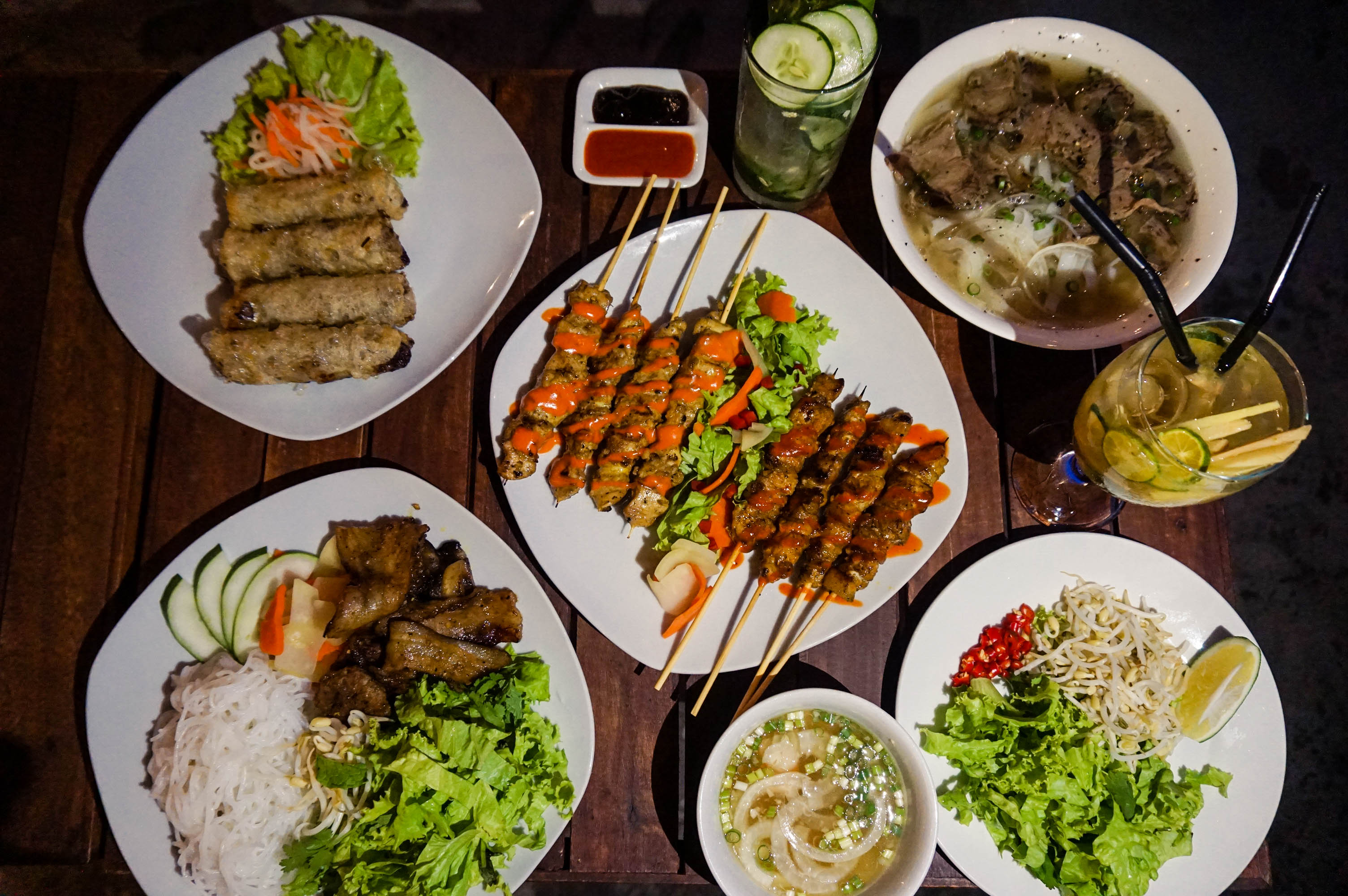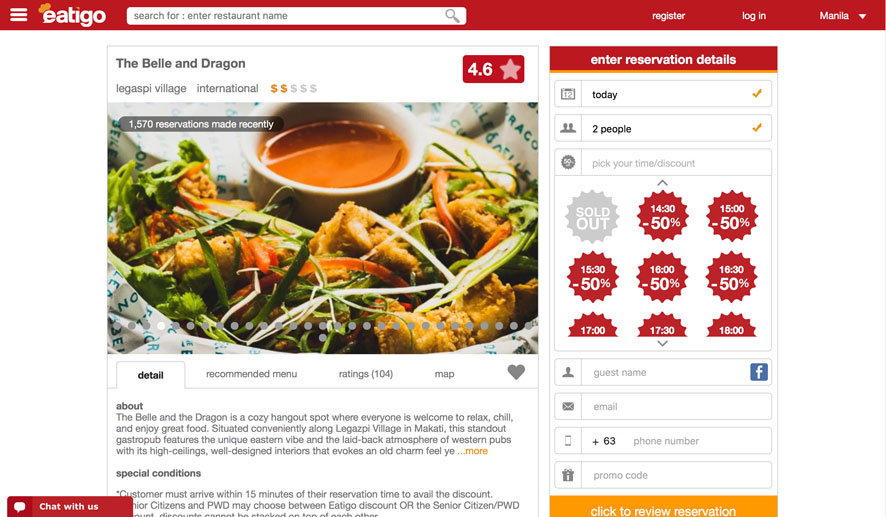In the world of culinary delights, Filipino cuisine stands out for its unique and vibrant flavors. From tender adobo to rich kare-kare, Filipino dishes are a feast for the senses. But have you ever wondered which wines pair perfectly with these iconic Filipino flavors? In this article, we will explore the art of wine pairing and discover the best wines to complement your favorite Filipino dishes.
What is Filipino Cuisine?
Filipino cuisine is a melting pot of influences, ranging from Spanish and Chinese to Malay and American. This fusion of flavors creates a truly diverse and exciting culinary experience. Filipino dishes are known for their bold taste profiles, combining sweet, savory, and tangy flavors in a single bite.
The Richness of Filipino Flavors
One of the defining features of Filipino cuisine is its rich flavors. From hearty stews to succulent grilled meats, each dish is packed with a variety of tastes that tantalize the palate. Filipino dishes often incorporate ingredients like vinegar, soy sauce, coconut milk, and a medley of local spices, resulting in a depth of flavor that is truly unique.
The Role of Spices in Filipino Dishes
Spices play a crucial role in Filipino cooking, adding complexity and enhancing the overall flavor profile. Commonly used spices include garlic, onions, ginger, and chili peppers. These aromatic ingredients not only add heat and depth but also provide the perfect canvas for wine pairings.
What is the Art of Wine Pairing?
Pairing wine with food is an art form that can elevate any dining experience. The right wine can enhance the flavors of a dish, creating a harmonious balance of tastes. When it comes to Filipino cuisine, understanding the basics of wine and food pairing is key to finding the perfect match. To explore wine options, including budget-friendly choices, check out thirst.com.ph for a comprehensive guide to the cheapest wine in the Philippines and unlock the secrets of impeccable wine pairings
What are the Basics of Wine and Food Pairing?
When pairing wine with food, it’s essential to consider the intensity of flavors and the balance of tastes. In general, lighter dishes pair well with lighter wines, while heavier and more robust dishes call for bolder wines. However, the key is to find complementary flavors that enhance each other rather than overpower.
What are Factors to Consider in Pairing Wine with Food?
When selecting wines to pair with Filipino dishes, there are several factors to consider. First, consider the sweetness or acidity of the dish. A sweeter dish, such as adobo, can be balanced with a slightly sweet or off-dry wine. On the other hand, a tangy and sour dish like sinigang pairs well with a wine that has high acidity. Second, take into account the richness and spiciness of the dish. Rich and spicy dishes, such as kare-kare, benefit from wines with higher tannins and body to cut through the richness.
What are Wine Pairings for Filipino Dishes?
Now that we understand the fundamentals of wine pairing, let’s explore the perfect wine companions for some iconic Filipino dishes.
Best Wines to Pair with Adobo
Adobo is a classic Filipino dish consisting of marinated meat, usually pork or chicken, cooked in a blend of vinegar, soy sauce, garlic, and spices. The tangy and savory flavors of adobo pair beautifully with a versatile wine like Pinot Noir. The wine’s bright acidity and berry notes complement the dish’s tanginess and cut through the richness of the meat.
Ideal Wines for Kare-Kare
Kare-kare is a hearty and flavorful Filipino stew made with oxtail, tripe, and vegetables in a peanut-based sauce. The complex flavors and textures of kare-kare call for a wine with depth and boldness. A rich and full-bodied red wine, such as Syrah or Malbec, matches the stew’s complexity and complements its nutty undertones.
Wine Suggestions for Sinigang
Sinigang is a sour soup made with tamarind or other souring agents, along with various meats and vegetables. The soup’s tangy and sour flavors are best accompanied by a white wine with high acidity, such as Sauvignon Blanc. The wine’s crispness and citrus notes enhance the dish’s acidity and bring out its vibrant flavors.
Wine Combinations for Lechon
Lechon, a whole roasted pig, is a centerpiece of Filipino celebrations. The succulent and crispy skin of lechon pairs exceptionally well with a sparkling wine like Champagne or Prosecco. The wine’s effervescence cleanses the palate and complements the rich and fatty notes of the roasted pork.
How About Filipino Desserts and Wine?
No Filipino feast is complete without indulging in delectable desserts. From creamy halo-halo to silky leche flan, Filipino desserts offer a delightful combination of flavors and textures.
Sweet Wines for Filipino Desserts
When it comes to pairing wine with Filipino desserts, opt for sweet wines that harmonize with the sweetness of the treats. Moscato d’Asti, with its light effervescence and fruity flavors, is an excellent choice for desserts like halo-halo, a popular shaved ice dessert with a medley of ingredients and flavors.
Wine Pairings for Halo-Halo and Leche Flan
With its caramelized sugar and creamy texture, leche flan pairs wonderfully with a sweet and fortified wine like Pedro Ximenez Sherry. The wine’s richness and intense sweetness complement the dessert’s caramel notes, creating a heavenly combination.
What are Tips for Hosting a Filipino Dinner with Wine?
Ready to host a memorable Filipino dinner with perfectly paired wines? Here are some tips to ensure a delightful and harmonious dining experience.
Choosing the Right Wine for Your Filipino Feast
Select wines that complement the flavors of your chosen Filipino dishes. Consider the balance of flavors, intensity of spices, and richness of the dishes. Choose wines that enhance and elevate the dining experience while creating harmony with the food.
Serving Suggestions for a Memorable Meal
Serve wines at the appropriate temperature to allow their flavors to shine. In general, white wines are best served chilled, while red wines should be served at slightly cooler room temperature. Provide a variety of wines to cater to different preferences and offer a memorable tasting experience.
Conclusion
With these tips in mind, you’ll be well-equipped to explore the world of wine pairings for iconic Filipino dishes. Whether you’re indulging in adobo, savoring kare-kare, or enjoying a sweet Filipino dessert, the perfect wine can elevate your dining experience to new heights. So, gather your friends and family, uncork a bottle of wine, and embark on a culinary adventure through the flavors of the Philippines.


